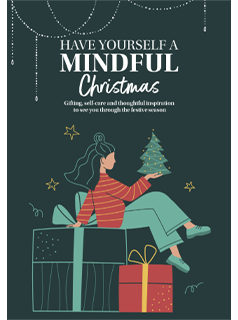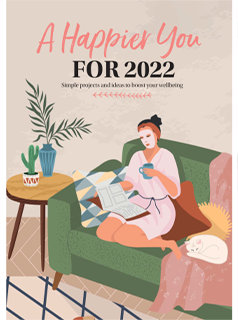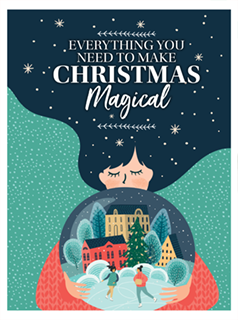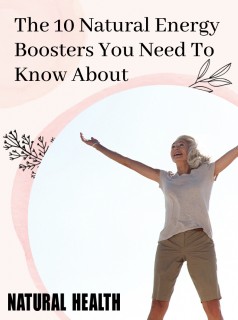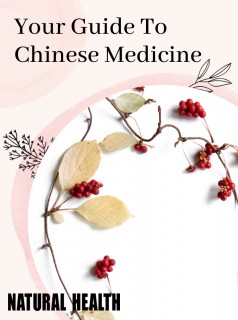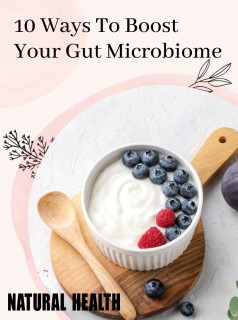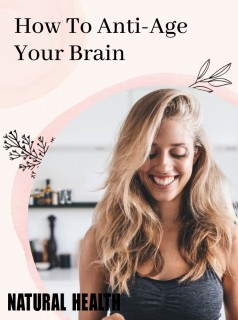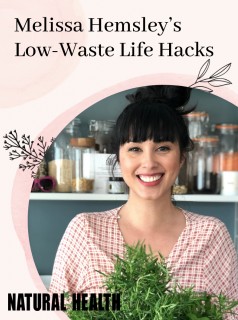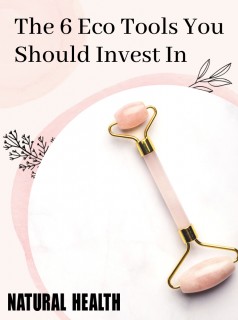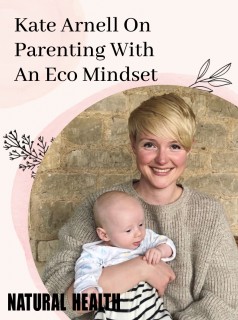Ceri-Jayne Towle experiences daily pain doing what comes naturally to most people – simply going to the toilet.
“I need to go every ten minutes to two hours, depending on if I am having a good or a bad day,” she explains. “And tests have shown that I start needing the toilet when I have just 26ml of urine in my bladder – that’s not even enough fluid to fill an egg cup.”
But Ceri-Jayne is not elderly and nor is she incontinent – she’s just 26-years-old, and one of an estimated 400,000 people in the UK, both women and men, that have interstitial cystitis (IC). The condition, sometimes called painful bladder syndrome, is characterised by chronic inflammation of the bladder wall (or the interstitial) that leads to recurring discomfort in the bladder and pelvic area and an urgent and frequent need to urinate. It feels just like cystitis, but it cannot be cured with antibiotics.
“Interstitial cystitis is a chronic, persistent form of cystitis that is not caused by an infection,” says Dr Marilyn Glenville, one of the UK’s leading nutritionists specialising in women’s health, and author of The Nutritional Health Handbook for Women. “Ulcers and tiny haemorrhages appear on the bladder wall and although no bacteria is found in the urine, sufferers experience frequent pain and muscle spasms.”
For people like Ceri-Jayne, the condition has been life-altering. “It affects every aspect from my diet to my sex life and I never know how I’m going to feel from one day to the next. If I am not battling the physical symptoms, I’m fighting the emotional ones.” she says.
Cause and cure
Aside from its debilitating symptoms, much of the distress of IC lies in its slow diagnosis (on average six years), the embarrassment associated with its symptoms – including painful intercourse and nocturia – and the fact little is known about its cause or cure.
While some believe it is the result of decreased levels of protective substances in the bladder or frequent urinary tract infections, other research suggests the answer lies in trauma or damage to the bladder (often during gynecological surgery or childbirth), an autoimmune disorder, or a combination of all these things. “There is a lack of awareness of chronic bladder illness among the public,” says Susannah Fraser of the Cystitis and Overactive Bladder Foundation (COB). “Many people see it as something trivial and are not aware there are other versions of cystitis which are not treatable with antibiotics.”
Ceri-Jayne agrees and says she wants to highlight how difficult it can be coping with the condition. “Interstitial Cystitis is a very isolating – on occasions it can leave me housebound – and I’m now signed off work,” she says. “My health problems played a large part in my divorce too.”
Getting treatment
While some medical treatments exist, success varies widely from patient to patient. “They tend to centre around oral medications (usually drugs which are used to treat another disease which have the effect of also stabilising the bladder) such as Elmiron, an anti-coagulant which can be helpful in repairing the bladder lining,” says Susannah from the COB. “But medications, or instillations, can also be put directly into the bladder.”
For others, however, natural remedies can play a big part in alleviating symptoms, and these include dietary supplements, herbal teas and acupuncture. In particular, dietary changes have been shown to be very effective.“Components of everything we eat and drink pass through the bladder and when the lining is defective, reducing acid in the diet can help stabilise symptoms,” says Susannah Fraser.
Ceri-Jayne says she quickly learnt that foods and drinks such as tomatoes, caffeine, chocolate, alcohol, citrus fruits and spices made her symptoms worse. “The first thing to go was tea and considering I was a tea-oholic, that was a huge change,” she says. “My diet now mainly consists of white meat, fish, vegetables and plain pasta – it’s very bland and boring.”
Dr Sohère Roked, a holistic GP that practices integrative medicine, says with lifestyle changes the condition can be managed. “I would recommend cooking with anti-inflammatory foods such as garlic, ginger, turmeric, cinnamon, papaya and pineapple. Spirulina also contains anti-inflammatory eicosapentaenoic acid,” she says. “Above all, even though it is upsetting and distressing to have an ongoing condition, it is important to maintain a positive outlook and reduce stress.”
Indeed, despite her constant one-woman struggle with the syndrome Ceri has found ways to cope. “I find meditation helps me focus on something else other than the pain and controlling my diet has reduced flare-ups,” she says. “If you have been diagnosed with IC, don’t give up! Try different things and find something that works for you. Remember that there are others in the same situation and that you’re not alone.”
Ceri-Jayne Towle experiences daily pain doing what comes naturally to most people – simply going to the toilet.
“I need to go every ten minutes to two hours, depending on if I am having a good or a bad day,” she explains. “And tests have shown that I start needing the toilet when I have just 26ml of urine in my bladder – that’s not even enough fluid to fill an egg cup.”
But Ceri-Jayne is not elderly and nor is she incontinent – she’s just 26-years-old, and one of an estimated 400,000 people in the UK, both women and men, that have interstitial cystitis (IC). The condition, sometimes called painful bladder syndrome, is characterised by chronic inflammation of the bladder wall (or the interstitial) that leads to recurring discomfort in the bladder and pelvic area and an urgent and frequent need to urinate. It feels just like cystitis, but it cannot be cured with antibiotics.
“Interstitial cystitis is a chronic, persistent form of cystitis that is not caused by an infection,” says Dr Marilyn Glenville, one of the UK’s leading nutritionists specialising in women’s health, and author of The Nutritional Health Handbook for Women. “Ulcers and tiny haemorrhages appear on the bladder wall and although no bacteria is found in the urine, sufferers experience frequent pain and muscle spasms.”
For people like Ceri-Jayne, the condition has been life-altering. “It affects every aspect from my diet to my sex life and I never know how I’m going to feel from one day to the next. If I am not battling the physical symptoms, I’m fighting the emotional ones.” she says.
Cause and cure
While some believe it is the result of decreased levels of protective substances in the bladder or frequent urinary tract infections, other research suggests the answer lies in trauma or damage to the bladder (often during gynecological surgery or childbirth), an autoimmune disorder, or a combination of all these things. “There is a lack of awareness of chronic bladder illness among the public,” says Susannah Fraser of the Cystitis and Overactive Bladder Foundation (COB). “Many people see it as something trivial and are not aware there are other versions of cystitis which are not treatable with antibiotics.”
Ceri-Jayne agrees and says she wants to highlight how difficult it can be coping with the condition. “Interstitial Cystitis is a very isolating – on occasions it can leave me housebound – and I’m now signed off work,” she says. “My health problems played a large part in my divorce too.”
Getting treatment
For others, however, natural remedies can play a big part in alleviating symptoms, and these include dietary supplements, herbal teas and acupuncture . In particular, dietary changes have been shown to be very effective.“Components of everything we eat and drink pass through the bladder and when the lining is defective, reducing acid in the diet can help stabilise symptoms,” says Susannah Fraser.
Ceri-Jayne says she quickly learnt that foods and drinks such as tomatoes, caffeine, chocolate, alcohol, citrus fruits and spices made her symptoms worse. “The first thing to go was tea and considering I was a tea-oholic, that was a huge change,” she says. “My diet now mainly consists of white meat, fish, vegetables and plain pasta – it’s very bland and boring.”
Dr Sohère Roked, a holistic GP that practices integrative medicine, says with lifestyle changes the condition can be managed. “I would recommend cooking with anti-inflammatory foods such as garlic, ginger, turmeric, cinnamon, papaya and pineapple. Spirulina also contains anti-inflammatory eicosapentaenoic acid,” she says. “Above all, even though it is upsetting and distressing to have an ongoing condition, it is important to maintain a positive outlook and reduce stress.”
Indeed, despite her constant one-woman struggle with the syndrome Ceri has found ways to cope. “I find meditation helps me focus on something else other than the pain and controlling my diet has reduced flare-ups,” she says. “If you have been diagnosed with IC, don’t give up! Try different things and find something that works for you. Remember that there are others in the same situation and that you’re not alone.”
Article by
Alice Whitehead
Article by
Alice Whitehead







